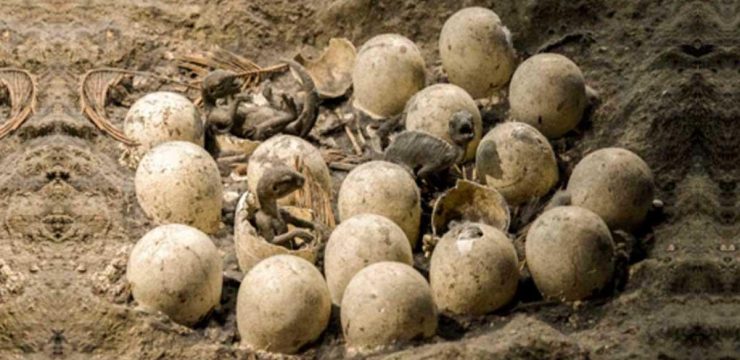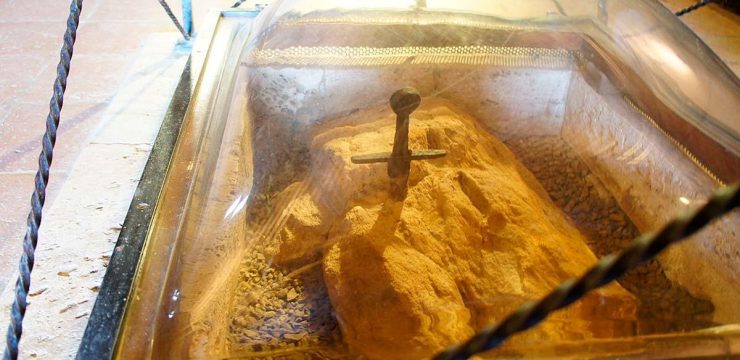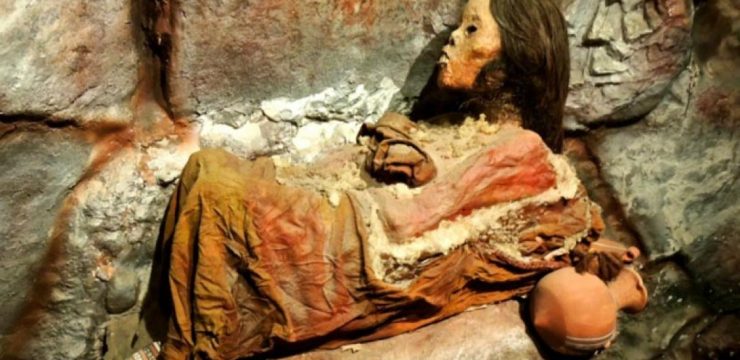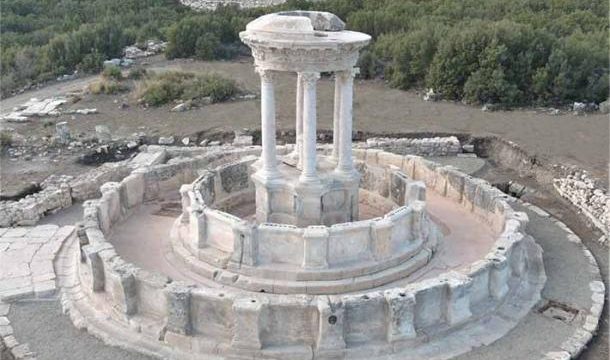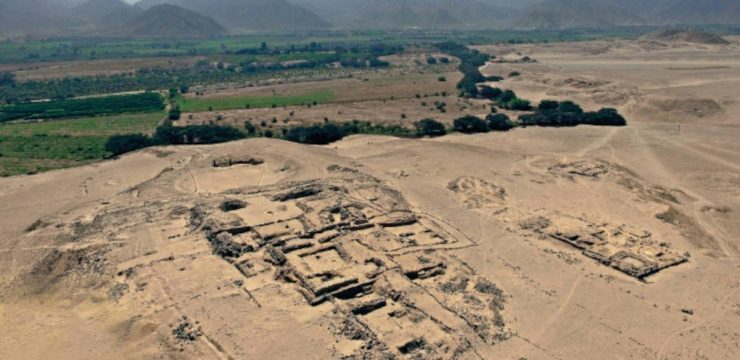The Kailasa Temple in Maharashtra, India, is a marvel of ancient engineering and artistry. Carved from a single rock, this awe-inspiring monument stands as the largest monolithic structure in the world. Also known as ‘Cave 16’ within the Ellora Caves complex, the temple dates back to the 8th century, a period marked by the reign of the Rashtrakuta dynasty under King Krishna I. This architectural wonder continues to captivate historians, archaeologists, and travelers alike, offering a glimpse into the remarkable craftsmanship and ingenuity of early Indian civilization.
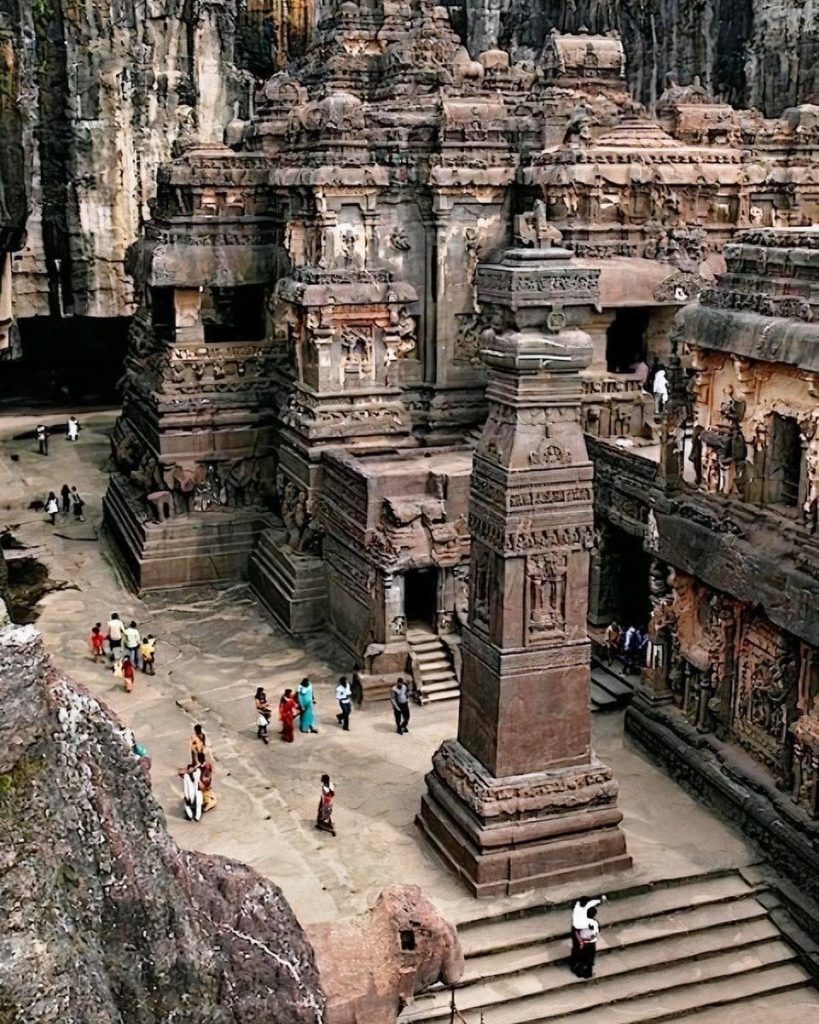
The temple, dedicated to Lord Shiva, is a breathtaking example of Dravidian-style architecture, showcasing elaborate carvings and intricate details that make it a masterpiece of rock-cut art. The scale of this structure is staggering, considering it was entirely excavated from a single basalt cliff. Unlike traditional buildings that are constructed from the ground up, the Kailasa Temple was hewn from the top down, a technique that required incredible precision, advanced planning, and unparalleled craftsmanship. This unique method of construction sets it apart from other rock-cut structures around the world.
The excavation and carving of the Kailasa Temple were feats of human endurance and architectural excellence. It is estimated that 200,000 to 400,000 tons of rock were removed to create this grand temple complex. The workers and artisans involved in its construction demonstrated an extraordinary level of skill, as they had to sculpt intricate details directly into the rock without the possibility of corrections or modifications. This remarkable endeavor speaks volumes about the advanced knowledge of architecture, engineering, and sculpture possessed by the Rashtrakuta artisans.
One of the most striking aspects of the Kailasa Temple is its resemblance to Mount Kailash, the mythical abode of Lord Shiva. This symbolism is deeply embedded in Hindu tradition, reflecting the spiritual and religious significance of the temple. The complex features a massive courtyard, flanked by towering columns and smaller shrines, all meticulously carved to enhance the grandeur of the main sanctum. At the heart of the temple lies a central shrine housing a massive Shivalinga, a sacred representation of Lord Shiva. Surrounding this main sanctum are intricate depictions of deities, celestial beings, and mythological scenes, all carved with astonishing precision.
The temple complex is not just an architectural masterpiece but also a reflection of the socio-religious fabric of the time. The Rashtrakutas were known for their patronage of art and religion, and the construction of such a colossal temple exemplifies their commitment to Hinduism and Shaivism in particular. The carvings within the temple depict various Hindu epics, including scenes from the Ramayana and the Mahabharata, which were significant narratives that shaped the cultural and spiritual identity of ancient India. The depictions of gods, goddesses, demons, and celestial beings are not merely decorative elements but hold deep symbolic meanings, reinforcing Hindu philosophical themes.
One of the most fascinating aspects of the Kailasa Temple is the precision with which the rock was carved. Despite being made from a single piece of stone, the temple features multi-tiered pillars, elaborate domes, and intricately designed corridors, all of which suggest a sophisticated understanding of geometry and spatial planning. The architects and artisans responsible for this creation likely used rudimentary tools such as chisels and hammers, yet they achieved a level of detail that rivals modern construction techniques.
Several theories attempt to explain the methodology behind the temple’s construction. Some historians believe that the process began with the careful planning of the structure, followed by the removal of excess rock layer by layer. This “top-down” approach ensured that the structural integrity of the temple remained intact throughout the excavation. Others speculate that wooden scaffolding may have been used to aid in the intricate carving of higher sections. However, given the sheer scale of the Kailasa Temple, it remains a mystery how such a monumental task was completed with the technology available during the 8th century.
The temple also features a unique blend of architectural influences. While the primary structure adheres to Dravidian temple design, elements of Nagara-style architecture can also be observed. This fusion of styles suggests a period of cultural exchange and artistic innovation, reflecting the diverse influences that shaped medieval Indian architecture. The presence of Jain and Buddhist caves within the Ellora complex further highlights the region’s rich religious and cultural tapestry.
Over the centuries, the Kailasa Temple has withstood natural erosion, invasions, and changing dynasties, yet it remains remarkably well-preserved. Unlike many other ancient temples that suffered significant damage due to foreign invasions, Kailasa has largely retained its original form. Some minor damages are evident, particularly in the sculptural details, yet the grandeur of the structure remains intact. The temple continues to be a site of active worship, drawing thousands of devotees and tourists each year who come to marvel at its grandeur and historical significance.
The temple’s enduring appeal lies not only in its architectural brilliance but also in the sense of mystery that surrounds its construction. The sheer scale, precision, and artistic complexity have led some to speculate that the temple’s builders possessed knowledge far ahead of their time. Some fringe theories even suggest that extraterrestrial influences might have played a role, though mainstream archaeologists firmly attribute its construction to human ingenuity and advanced craftsmanship.
Today, the Kailasa Temple stands as a symbol of India’s rich architectural heritage and serves as a testament to the extraordinary capabilities of ancient Indian artisans. It remains a significant pilgrimage site for devotees of Lord Shiva and an invaluable cultural treasure for historians and archaeologists. The temple complex, part of the UNESCO World Heritage-listed Ellora Caves, continues to inspire awe and admiration, ensuring that its legacy endures for generations to come.
The preservation and study of the Kailasa Temple offer valuable insights into the technological advancements, artistic expressions, and spiritual traditions of early India. While modern technology allows for detailed documentation and analysis of such monuments, the true essence of the temple can only be appreciated by standing within its walls, surrounded by the echoes of its glorious past.
As scholars continue to explore the mysteries of the Kailasa Temple, one thing remains clear: this architectural wonder is not just a relic of history but a living monument that embodies the spirit of devotion, artistic mastery, and unparalleled ingenuity. It serves as a bridge between the past and the present, reminding us of humanity’s capacity to create extraordinary wonders that transcend time.
